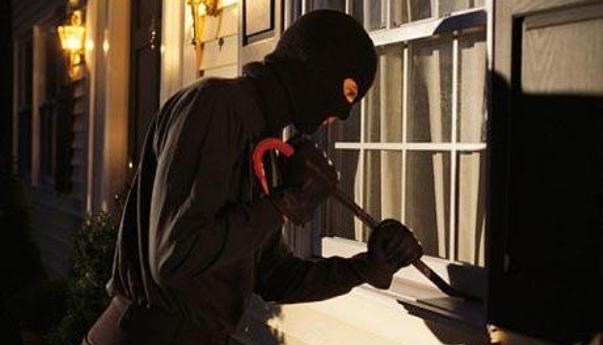OK, so you’ve been eyeing up a state-of-the-art home security system and really want to have one installed, but has hit a snag: the price. Modern alarm and monitoring systems are now so advanced, utilizing the latest technology, that there’s no way you can afford to install the latest.
Or can you?
Alarm security systems don’t have to break the bank and it’s possible to have a system which uses the latest technology, without bankrupting yourself to get it. Of course, when it comes to the home, especially with regard to fire, skimping on the essentials isn’t the best way forward, but by combining several different elements, you can have a home security system that give you an acceptable level of peace of mind.
Wireless security systems
These can be expensive, but there are a large variety on the market which all offer different features, so it’s really a case of deciding what you do and don’t need. Cameras, for example can be very expensive, but not if you go with connecting IP cameras or webcams so that you’re not forking out for a camera as part of the original system.
It’s also worth considering your home insurance when pricing up what you need, as a good set-up can reduce your premiums, saving you cash in the long term.
When choosing a wireless system, it’s also a good idea to consider the existing wireless devices in the home and whether the system is likely to cause interference with these, or vice versa.
To do this, ask your vendor what frequency the system uses and check that it’s different to the ones used by your home devices. It’s also advisable to choose a system that covers the whole house, so pay attention to the thickness of walls etc. before you buy.
Keyless entry
As an alternative to keys, keyless entry is much more secure. Some systems allow you to assign codes that have to be entered before entry is allowed, whilst the latest use fingerprint or facial recognition technology in order to recognise the people that live there and allow access.
These are available in a variety of price ranges and so you should shop around for the best one to suit both your budget and your home security needs.
When choosing, you should ask:
- If the unit has a good number of codes/inputs and whether these can be changed
- Back-up options in the event of forgotten codes or battery failure
- Auto locking when door is closed
- Smartphone apps that can complement the system
- Touch/keypad or biometrics (fingerprint scanner)
Cameras
These are not only great for monitoring, but are equally effective as a deterrent. Thieves who burgle properties are most likely to be opportunistic and so anything that looks like it’s too much like hard work is likely to put them off.
Whilst it’s possible to purchase fake cameras (and indeed security alarm boxes), it’s not the best idea. Burglars do also have internet access and if they have anything about them, they will know the difference.
Cameras come with a variety of features and price points, so do your homework before making a decision and decide where in the house you will need them. Do you want them just at the entrances, or would you like them scattered around the home or at the front gate? All things which will make a difference when it comes to how much you are likely to pay.
Motion-detector lights are also a good idea for outside cameras so you can see exactly who it is you’re monitoring, these will also act as a deterrent.
Cameras are also able to be installed with the help of smartphone apps to control them and this is more than likely your cheapest, yet still effective option.


